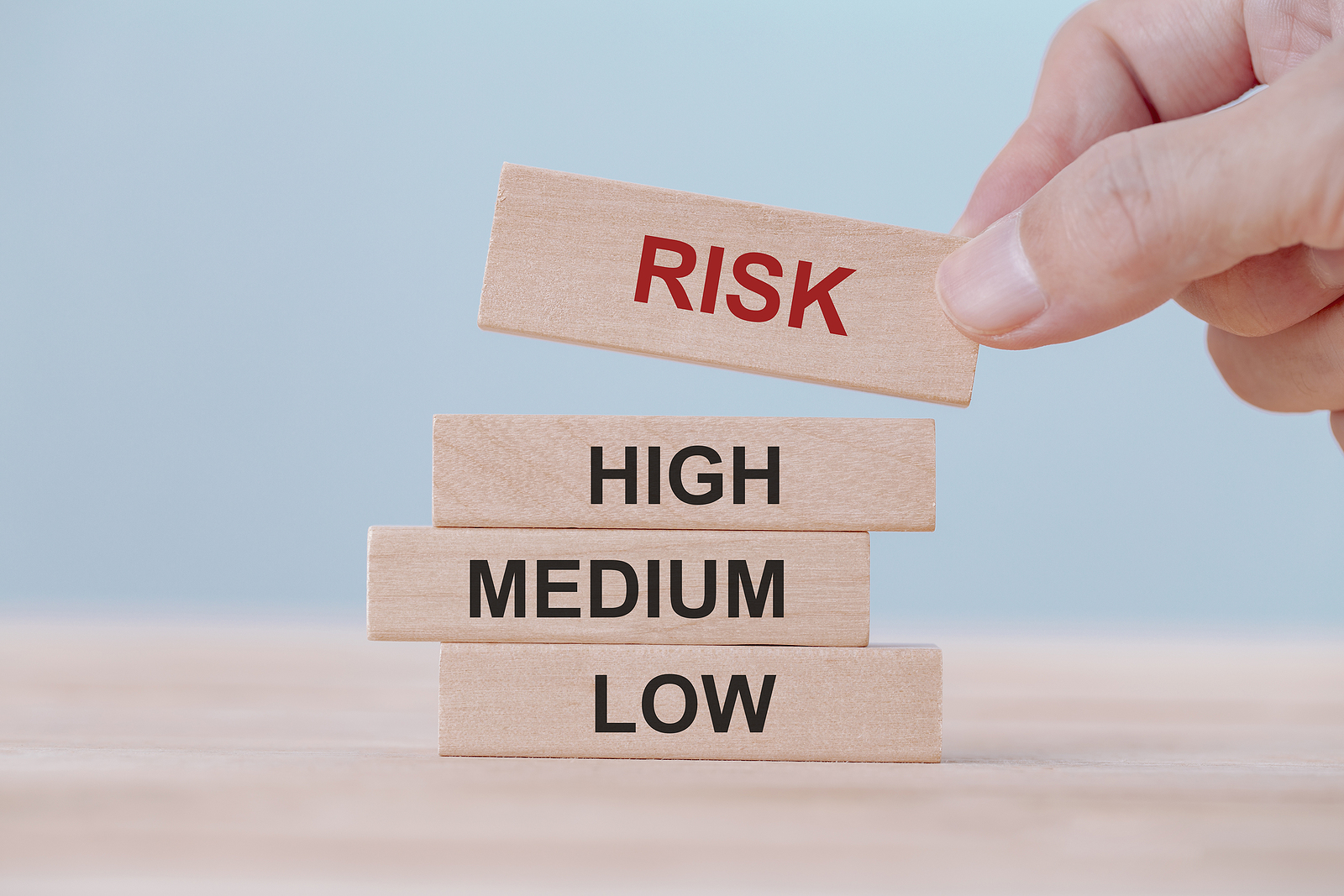Strengthening Cyber Event Response
In an era where digital threats are constant, companies must be prepared to face the challenges of cyber events head-on. In 2023 over $460 million was paid in ransomware to cyber criminals. The ability to respond effectively to these incidents can make the difference between a minor disruption and a major breach. To bolster their defense strategies, targeted companies must prioritize specific areas of their cyber response plan. This article explores five crucial priorities that can significantly enhance how companies respond to cyber events: recognition, communication, protocols, and investment in technology.
Recognition: Identifying the Threat
Recognizing the threat early is paramount to minimizing damage during a cyber event. Companies need to invest in advanced threat detection systems and security analytics that can identify unusual activities or patterns. Artificial intelligence (AI) and machine learning (ML) algorithms can help in identifying anomalies and potential threats in real-time. Additionally, fostering a culture of cybersecurity awareness among employees ensures that any unusual behavior or suspicious activity is reported promptly, enabling a faster response.
Communication: Transparent and Timely Information Sharing
Clear communication is the linchpin of an effective cyber response. Companies need to establish a well-defined communication strategy that encompasses both internal and external stakeholders. Internally, designated response teams should have direct lines of communication to facilitate swift decision-making. Externally, transparent communication with customers, partners, regulatory bodies, and the public is vital to maintain trust and manage the narrative. Having pre-approved communication templates and spokespeople ready streamlines the process during the chaos of a cyber event.
Protocols: Structured Incident Response Plans
Having a structured incident response plan (IRP) in place is non-negotiable. Companies should develop a comprehensive IRP that outlines specific steps to be taken during each phase of a cyber event – from detection and containment to recovery and learning. This plan should include clearly defined roles and responsibilities, a chain of command, and predefined decision points. Regular drills and simulations help teams practice their roles and uncover potential gaps, leading to a more efficient response when a real event occurs.
Investment in Technology: Building Strong Cyber Defenses
Companies must invest in cutting-edge technology to bolster their cyber defenses. This includes implementing state-of-the-art cybersecurity solutions such as next-generation firewalls, intrusion detection and prevention systems, and advanced anti-malware tools. Cloud-based security solutions can provide flexibility and scalability to adapt to evolving threats. Moreover, continuous monitoring and vulnerability assessments help identify and address weaknesses in the infrastructure, reducing the risk of a successful attack.
Learning and Adaptation: Continuous Improvement
Post-incident analysis is a vital component of an effective response strategy. After resolving a cyber event, companies should conduct thorough reviews to understand the root causes and evaluate the effectiveness of their response. These insights help in adapting protocols, enhancing technology, and refining communication strategies. The knowledge gained from each incident contributes to continuous improvement, strengthening the company’s overall cybersecurity posture.
In the digital landscape, targeted companies must be prepared to tackle cyber events with resilience and precision. By prioritizing recognition, communication, protocols, and technology investment, companies can bolster their response capabilities. These priorities not only reduce the impact of cyber events but also demonstrate a commitment to safeguarding sensitive data and maintaining stakeholder trust. A proactive and comprehensive approach to cyber event response is no longer an option – it’s a necessity in today’s interconnected world.

